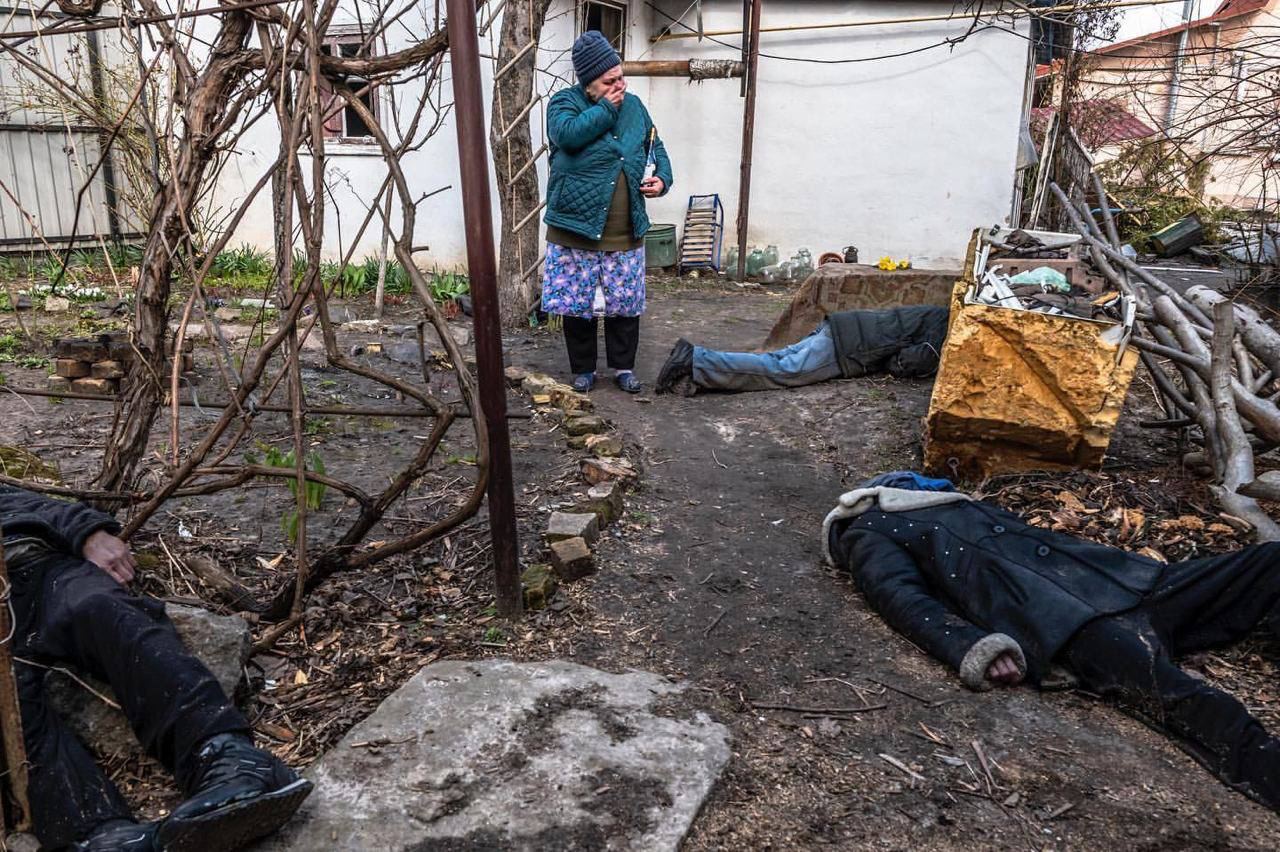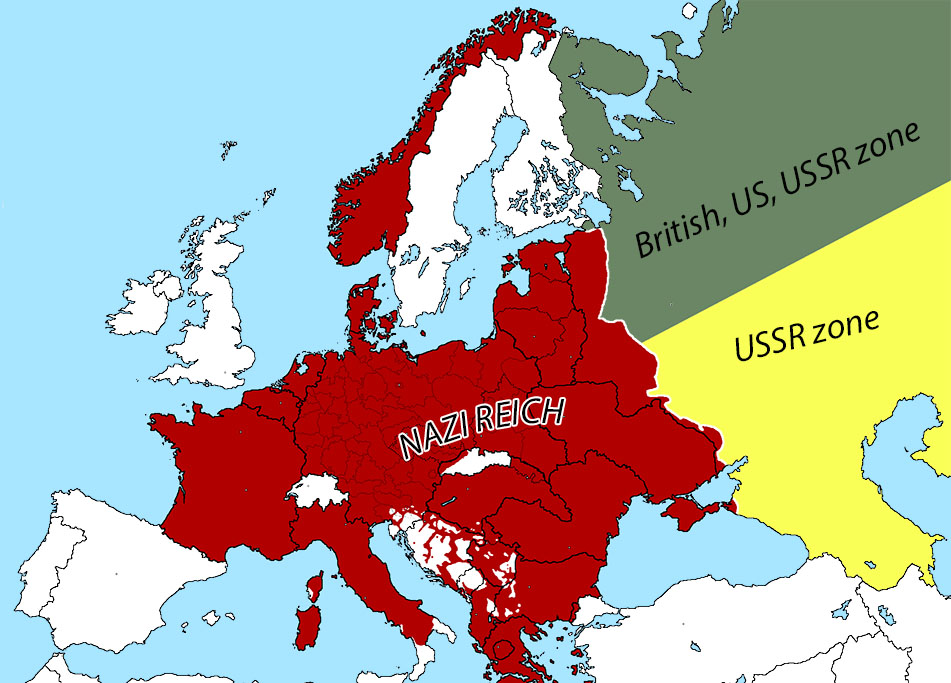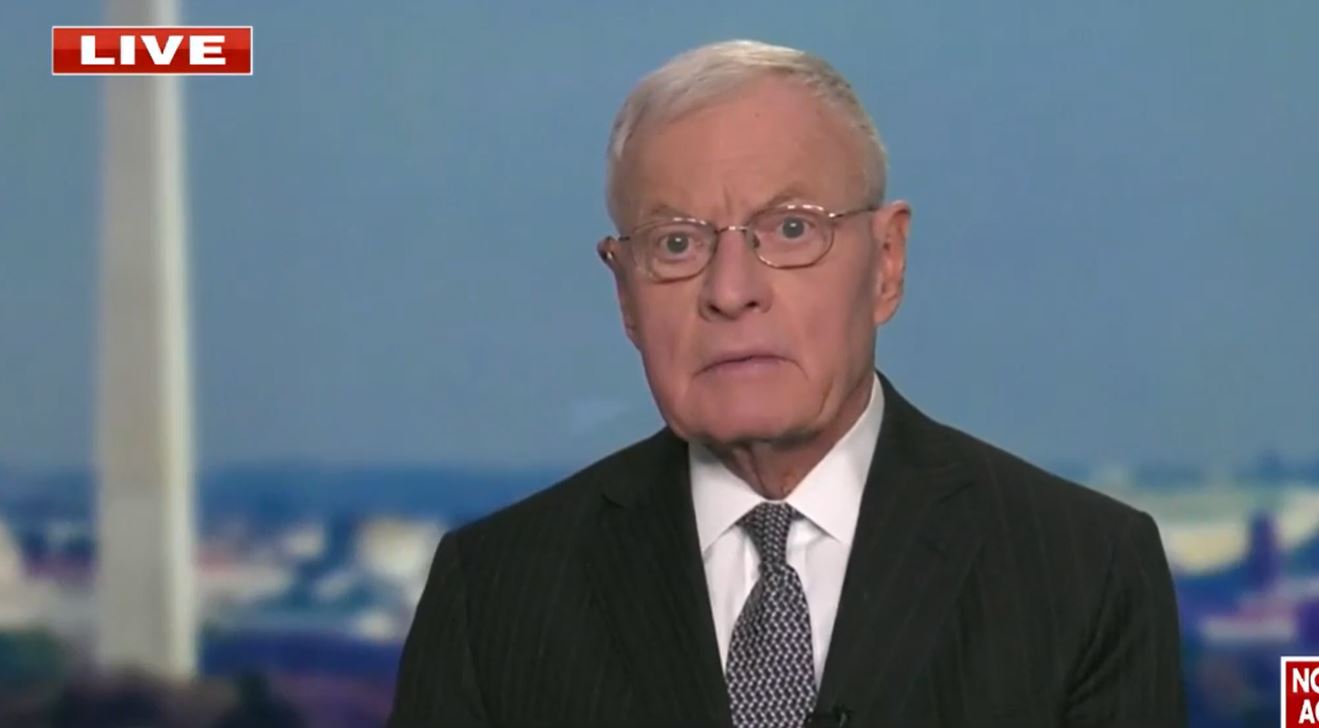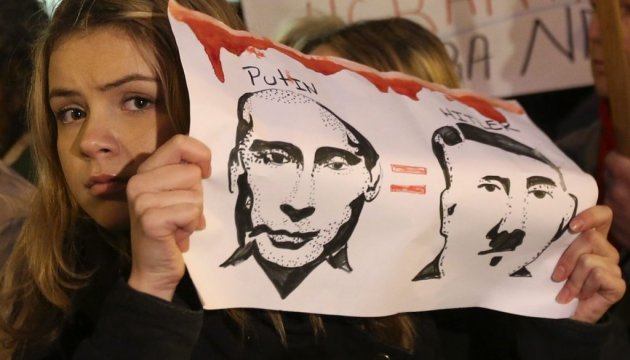Trump’s envoys, retired General Keith Kellogg and real estate executive turned negotiator Steve Witkoff, have outlined a plan that would divide Ukraine “almost like Berlin after World War Two.” Kellogg proposes Anglo-French forces occupying western Ukraine, Russian troops stationed in the east, and a demilitarized buffer zone between them. Witkoff openly endorses Russia’s claims to four Ukrainian regions, citing language and sham referenda as justification.
The Berlin Wall may have fallen in 1989, but the logic that built it is alive and well in 2025.
It is a stunning turning point. Postwar Berlin was divided because Nazi Germany had started a genocidal war across Europe. It was the defeated party, partitioned by the Allies to ensure it could never rise again.
Ukraine, by contrast, is not the aggressor. It did not invade. It did not annex. It did not call for genocide. On the contrary, it is the victim of a ruthless, unprovoked war. And yet, here in 2025, it is being treated like the criminal, not the victim.
To divide Ukraine as one might have divided Hitler’s Reich is a moral travesty. It gives legitimacy to Russian propaganda, which has long claimed that it invaded to “de-Nazify” Ukraine.
Now, thanks to Witkoff and Kellogg, the West is about to endorse that lie with maps and military zones. This hands Vladimir Putin the one thing he could never win on the battlefield: the world’s recognition of his narrative.

To ‘de-Nazify’ Ukraine, Moscow must impose a brutal generation-long occupation, Novosti journalist says
The Berlin analogy and the historical lie
Keith Kellogg’s reference to postwar Berlin as a model for Ukraine is a strategic abdication.
The division of Berlin in 1945 followed the unconditional surrender of Nazi Germany. The Allies occupied parts of the defeated state, dividing it into sectors to ensure that no future German militarism could rise again.
To divide Ukraine as one might have divided Hitler’s Reich is a moral travesty.
This analogy, however, is obscene when applied to Ukraine. For one simple reason: Ukraine has not been defeated. It is the victim of an unprovoked invasion, fighting to defend its sovereignty, its people, and its democracy.
Kellogg’s proposal, in which Britain and France would establish zones of control in the west of Ukraine while Russia maintains control in the east, ignores the moral and historical stakes of the conflict.
Ukraine is not being transformed by occupying powers. It is not a broken empire being reshaped after its defeat.
To draw a map that is similar to postwar Berlin is to erase this fundamental truth: the war was started by Russia, not Ukraine.
If there is a more suitable historical analogy, it would be the period between 1941 and 1942, when Germany had gone deep into the vast lands of the Soviet Union. In those months, as the Nazis expanded their territorial reach, the Allies were debating how to respond.
Imagine if, at that moment, the Allies had proposed leaving the occupied Soviet territories under German administration for the sake of peace. It would have been a compromise with aggression that would have rewarded the invader and punished the victim. This is exactly what Kellogg’s partition plan proposes.

Witkoff’s Russia-friendly logic
Witkoff’s alignment with Kremlin narratives has been evident since his interview with Tucker Carlson, but as the recent Reuters report shows, he has since doubled down on his pro-Russian stance.
His arguments for handing over the four Ukrainian oblasts of Donetsk, Luhansk, Zaporizhzhia, and Kherson, including land that Russia doesn’t occupy, are based on the language of Kremlin propaganda.
Witkoff justifies the proposed transfer of these regions to Russia by citing the outcomes of Russian-orchestrated referenda. According to Witkoff, this means Russia’s territorial claims should be respected because, in his words, the people there want to be under Russian rule.
Witkoff is replaying the Kremlin’s own narrative - Russia’s territorial expansion is a response to the desires of local populations. This is the same narrative that justified Russia’s initial invasion in 2022, framed as a “special military operation” to “protect Russian-speaking peoples” and “de-Nazify” Ukraine.
Witkoff’s logic is similar to the Munich Agreement of 1938, when the Western powers allowed Nazi Germany to annex Czechoslovakia in the name of “peace.” Ukrainian President Volodymyr Zelenskyy has repeatedly rejected this kind of thinking, rejecting any deal that would reward Russia’s aggression and violate Ukraine’s territorial integrity.
By suggesting that Ukraine should cede territories under Russian control in exchange for peace, Witkoff is making a historical error of serious consequence - one that validates Russia’s lies and gives Putin exactly what he failed to achieve on the battlefield.

The 1938 Munich disaster taught the world these five ironclad security lessons. The 2025 one proved Trump has forgotten them all
The propaganda coup
The most dangerous outcome of the Kellogg–Witkoff proposals is symbolic. By invoking the postwar division of Berlin, Kellogg sees Ukraine in the role of Nazi Germany, implying it must be partitioned and supervised. This narrative gives Russia a propaganda victory it has long pursued: the idea that Ukraine is not a sovereign state but a dangerous entity that needs to be managed.
Together, Kellogg and Witkoff do what the Russian military could not: make Russia’s territorial conquest look like diplomatic consensus.
If these proposals take hold, the message to Moscow will be clear: invade, occupy, hold on long enough, and the West will eventually draw the map in your favor.
History remembers who drew the lines
Maps drawn in a rush often last longer than the wars that produce them.
To divide Ukraine today, as Kellogg and Witkoff propose, is to accept the logic of conquest as a substitute for peace. It signals that borders can be rewritten through violence. This logic does not end wars; it invites the next one.
Ukraine is not postwar Germany. It is prewar Europe. If the West accepts this partition, it will be marking the end of the postwar order that is built on the idea that sovereignty matters, and aggression is punished, not rewarded.
History will remember not just who started this war but who drew the lines to end it.



